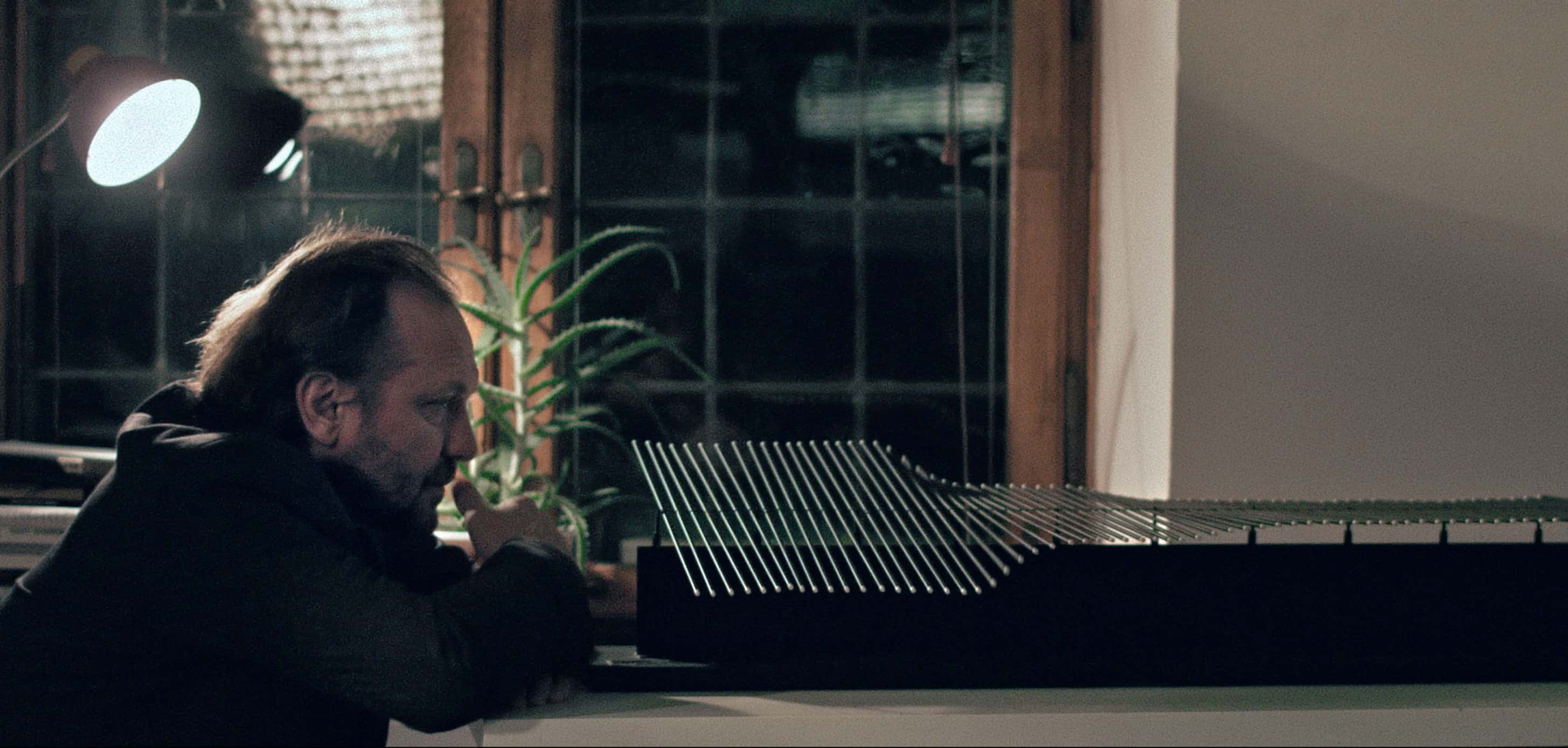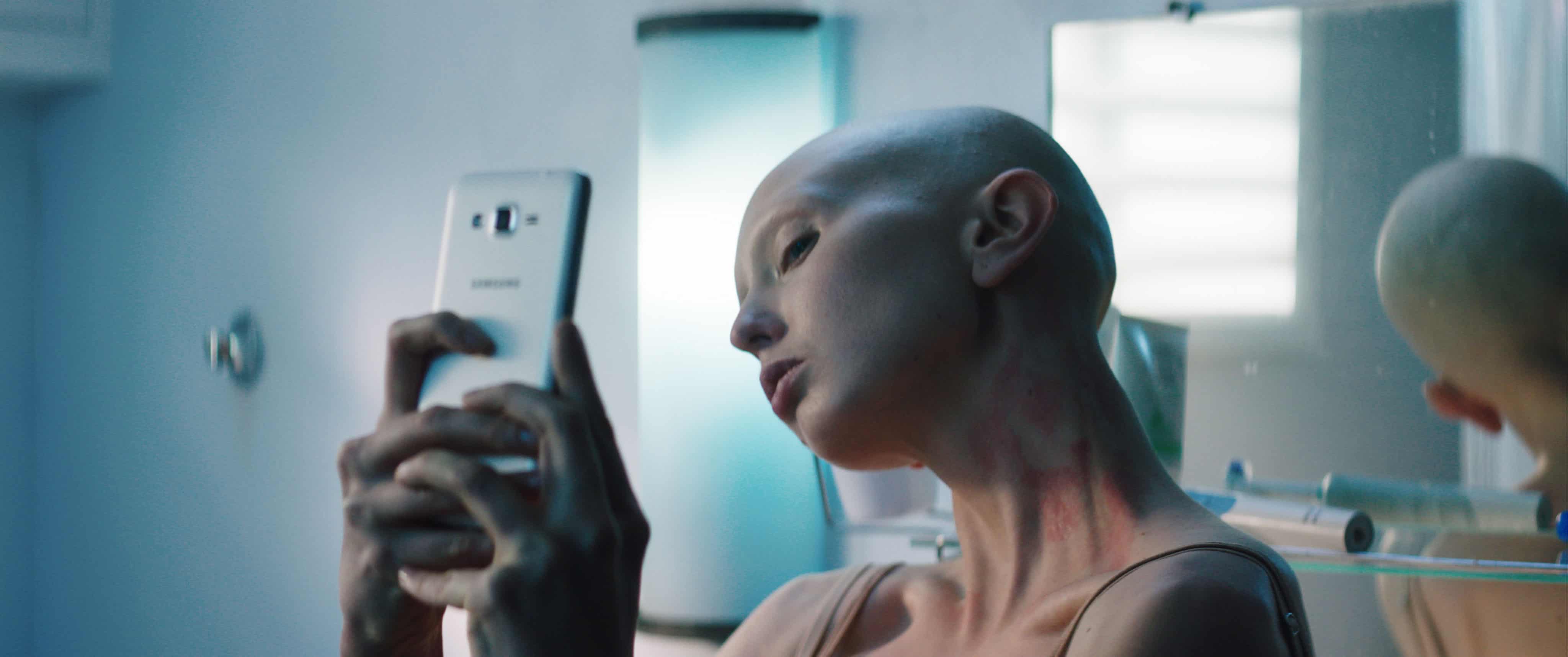We have not seen such a slew of successful films about art – and contemporary art to boot – in a very long time. This autumn, distribution companies are busy catering to cinema and art aficionados and presenting to them the premiers of their award-winning films. As it turns out, filmmakers seem to be inevitably drawn to the philosophical underpinnings and the splendor of the art world. Still, motion pictures about art are typically biopics of tortured outsiders who embody the myth of the ‘Great Artist’. However, new subjects, such as institutional critique and art manifesto, have recently emerged in cinema. Therefore, we are pleased to present to you our list of highly-recommended films to see on a dark autumn night.
‘The Square’
Dir. Ruben Östlund
This brilliant satire from Sweden which premiered a couple of months ago still enjoys a tremendous popularity. The winner of the Palme d’Or at Cannes tells the story of a director of contemporary art museum in Stockholm who stages an exhibition of protest art. Ironically enough, he leads an extravagant life, hosts parties at the palace and has qualms about driving around poor neighborhoods. Class divisions in the capitalist society are at the very center of the narrative, which also manages to tackle such current issues as the state of social media, political correctness, power struggles and shame. Marketing execs have pitched the film to viewers as one of the most outrageous comedies of the year. Nevertheless, despite the characters’ likeability and the frequency of hilarious scenes and lines, the film is infused with bitterness. The art world’s parody happens to be a surprisingly realistic portrayal, which makes you wonder about the way in which galleries and art institutions operate, about the art market and finally the state of contemporary art itself.
‘Manifesto’
Dir. Julian Rosefeld
This film of near-genius was initially screened as a multichannel panoramic projection at, among other venues, the Australian Centre for the Moving Image. It gained notoriety for featuring an impressive turn by Cate Blanchett, who portrays thirteen unique characters, each delivering one of the great avant-garde manifestos of the twentieth century. What we then have are the revolutionary ideas of dadaism, surrealism, situationism, fluxus and postmodernism all on one canvas. Does the utopian vision ever come true? Can artists actually change the world or does this conviction stem from some defiant theoretician’s self-delusions?
‘Photon’
Dir. Norman Leto
Fragments of the long-awaited film by Norman Leto – or Łukasz Banach – were screened during the eponymous exhibition at the Centre for Contemporary Art at Ujazdowski Castle in Warsaw. In 2010, this visual and video artist/painter from Poland made another full-length feature film entitled “Sailor.” Why are the films by Norman Leto so special? His evocative pictures combine various genres: mockumentary, documentary and visionary science-fiction. Fascinated with recent discoveries in science, quantum physics, neurobiology and evolution theory, the auteur decided to make “Photon” –a chronicle of the world’s origins: from the Big Bang, the creation of matter from energy, the formation of planets and universe’s expansion; to the very first living organisms, human evolution from a neurobiological standpoint and an exploration of cultural anthropology. Finally, Leto shows us what the future of our planet holds. His 3D diagrams and animations have both scientific and artistic quality.
‘A Heart of Love’
Dir. Łukasz Rondua
This is Rondua’s follow-up to “Performer” – his film about Oskar Dawicki that portrays the community of contemporary artists in Poland. With his latest film, Rondua explores the relationship between Wojciech Bąkowski, a poet, performer, video and installation artist, and Zuzanna Bartoszek, a young poet, illustrator and vogue dancer. The characters, along with their shaved heads and unisex clothing, correspond precisely with the celebrated canonical figure of the artist as an iconoclast, outsider and maverick. Both characters are self-centered eccentrics immersed in their own art. The film’s setting is present day Warsaw – blocks of flats built in the 1970s, interiors of apartments and unidentified cool modern buildings. “A Heart of Love” is also notable for its soundtrack and poetic imagery.
‘Loving Vincent’
Dirs. Dorota Kobiela, Hugh Welchman
Yet another film about a great artist, “Loving Vincent” exploits the van Gogh myth espoused by art historians by depicting the most dramatic and turbulent period in his life, namely his feud with Gauguin, his descent into madness and his ultimate suicide. Why should you bother with the film? Because its form is exceptional. The film was envisioned as a fully-painted feature film, in which oil paintings inspired by van Gogh’s style are shot and animated into thousands of tiny, wobbling brush strokes. What is more, the filmmakers attempt to challenge stereotypes about the artist and convince you not to take his story for granted.




















